Visit Eravikulam National Park For A Weekend Gateway In 2025
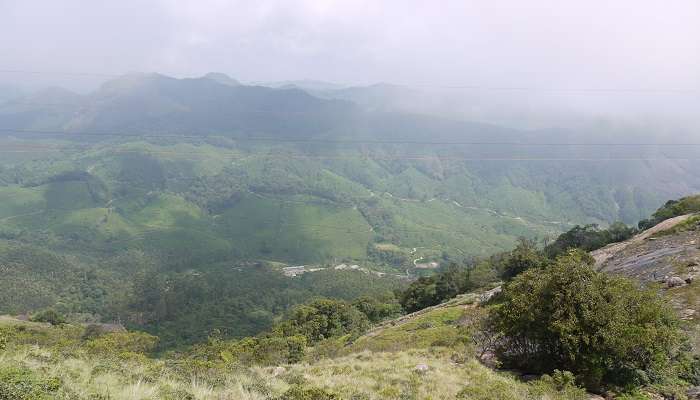
Nestled in the Western Ghats of Kerala, Eravikulam National Park is a breathtaking haven for nature enthusiasts and wildlife lovers.Established in 1978, this pristine sanctuary spans over 97 square kilometres of rolling hills, misty peaks, and verdant grasslands. Home to the endangered Nilgiri tahr, a mountain goat native to these hills, Eravikulam offers visitors a rare glimpse into the ecosystem. The park’s stunning landscapes, dominated by the towering Anamudi Peak, are complemented by a rich biodiversity of flora and fauna. Whether seeking adventure, tranquillity, or a chance to witness nature’s wonders, Eravikulam National Park promises an unforgettable experience in the heart of God’s Own Country.
About Eravikulam National Park
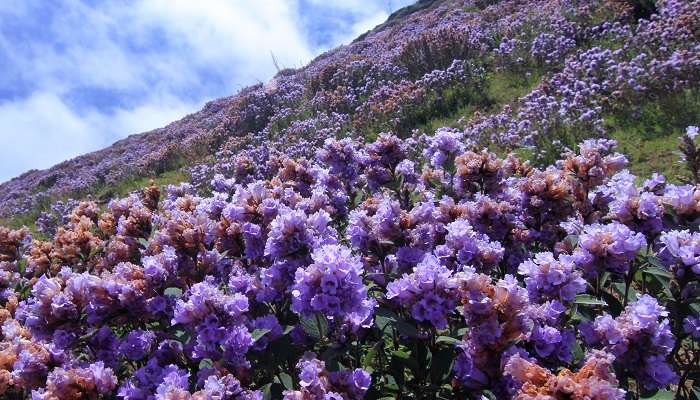
Eravikulam National Park, spanning an area of 97 km², is nestled along the picturesque Western Ghats in the Idukki and Ernakulam districts of Kerala. Established in 1978, it is known as Kerala’s first national park. Positioned between 10º05’N and 10º20′ north latitude and 77º0′ and 77º10′ east longitude, the park’s breathtaking landscape is characterised by lush greenery and diverse wildlife. Administered by the Kerala Department of Forests and Wildlife, Munnar Wildlife Division, Eravikulam National Park is part of the wider conservation effort that encompasses Mathikettan Shola National Park, Anamudi Shola National Park, and Pambadum Shola National Park, Chinnar Wildlife Sanctuary, and the Kurinjimala Sanctuary. This network underscores Kerala’s commitment to preserving its rich biodiversity and unique ecosystems. The park’s most iconic inhabitant is the Nilgiri Tahr, a rare and endangered mountain goat endemic to the Western Ghats.
Eravikulam National Park plays a crucial role in the conservation of this species, providing a protected habitat where Visitors can observe these wonderful creatures in their natural setting. Apart from the Nilgiri Tahr, the park boasts diverse flora and fauna. The montane grasslands and shola forests here support great biodiversity, making it a paradise for both nature enthusiasts and scholars. The park’s elevation fluctuates from 2,000 to 2,695 metres above sea level, contributing to its unique climate and vegetation patterns. Visitors to Eravikulam National Park can explore its scenic trails, such as the popular Rajamalai trek, which offers stunning views of the surrounding hills and valleys. The park is also renowned for its vibrant blooming season when the Neelakurinji flowers carpet the hillsides once every twelve years, a spectacle that attracts tourists from around the globe.
Must Read: Cheranallur In Kerala
Flora At Eravikulam National Park
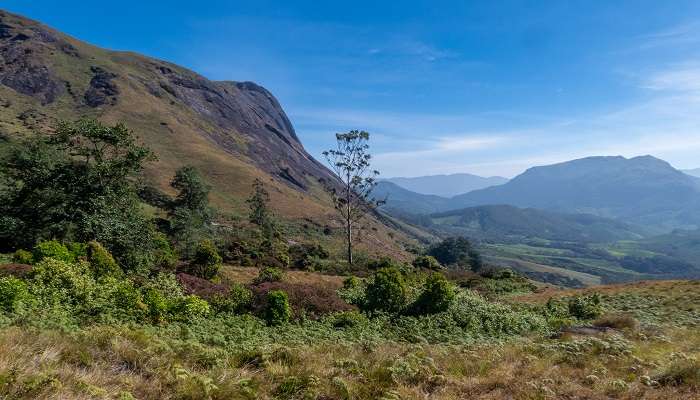
Eravikulam National Park in Kerala, India, features diverse flora organised into three main types of plant communities: grasslands, shrublands, and forests.
- Grasslands: The park’s terrain above 2000 meters primarily consists of expansive grasslands interspersed with smaller patches of forest nestled in hollows and gullies. These grasslands are crucial habitats for several endemic and rare plant species adapted to the montane environment
- Forests: Deeper valleys within the park are characterised by extensive forest cover. These forests harbour various tree species typical of montane forests in the Western Ghats region. The forests contribute significantly to the biodiversity of the park, providing habitat for numerous flora and fauna species.
- Shrublands: Shrublands dominate the bases of cliffs and rocky areas throughout the park. They play a vital role in stabilising the soil and providing habitat for smaller fauna and flora adapted to rocky environments.
- Special Plants: One notable plant species in Eravikulam National Park is Eupatorium Glandulosum, known for its antibacterial properties.
The national park also houses Neelakurinji flowers, a stunning blue-purple bloom that appears once every 12 years, blanketing the hillsides in a vibrant carpet of colour. The Neelakurinji flowers feature a bell-shaped corolla with four lobes and a long tube, growing in clusters on shrubs that can reach up to 2 meters in height. The last blooming season in 2018 drew thousands of tourists to the park, and the next anticipated bloom will be in 2030—an event worth marking on your calendar.
Fauna At Eravikulam National Park
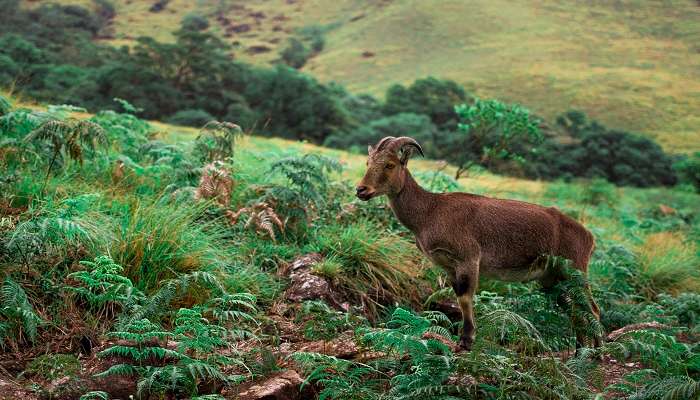
Eravikulam National Park in Kerala is renowned for its stunning landscapes and rich biodiversity, including various mammals, birds, butterflies, and amphibians.
- Mammals: The park hosts 26 species of mammals. The most prominent among them is the Nilgiri tahr, with an estimated population of 750 individuals, making it the largest regional population of this rare highland ungulate. Other notable mammals include chital (spotted deer), Nilgiri langur, lion-tailed macaques, gaur (Indian bison), red muntjac, wild boar, and sambar. Predatory mammals include golden jackals, dholes (Indian wild dogs), jungle cats, Indian leopards, and Bengal tigers. Smaller mammals found here include various rodents, mustelids, viverrids (such as mongoose species like ruddy, brown, grey, and stripe-necked mongooses), the dusky palm squirrel, Indian crested porcupine, Nilgiri marten, and Asian small-clawed otter. Indian elephants also visit the park seasonally.
- Birds: Eravikulam is home to 132 bird species, including several endemics, such as the black-and-orange flycatcher, Nilgiri Pipit, Nilgiri Wood Pigeon, Nilgiri Blue Robin, Nilgiri Flycatcher, and Palani Laughingthrush.
- Butterflies: The park boasts 101 butterflies, with endemic species like the red disk bushbrown and Palani fourring mainly confined to its shola grassland ecosystem. Other notable montane species include Colias Nilgiriensis and the endemic Heteropsis Davisoni.
- Amphibians: The park is home to 19 species of amphibians, showing its importance as a habitat for diverse amphibian life. In 2010, a new frog species called Raorchestes resplendens was discovered in Eravikulam National Park. This bright reddish-orange frog has unique features like many glandular swellings on its body, very short limbs, and bright red eyes. This discovery highlights the park’s role in amphibian diversity and the need for conservation efforts to protect such unique species.
Suggested Read: Museum Of Kerala
Opening Hours And Entry Fees
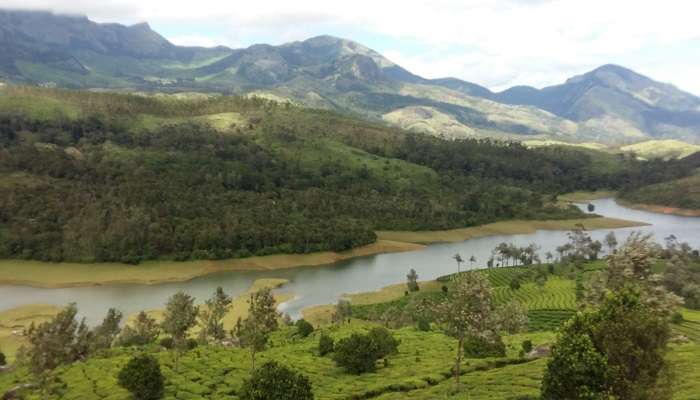
Eravikulam National Park, located in Kerala, India, welcomes visitors daily from 7:30 AM to 4:00 PM. Entry fees are INR 125 for Indian adults, INR 420 for foreigners, and INR 95 for children aged 5-12. These fees contribute to the conservation and maintenance of the park, which is known for its biodiversity and the protection of the endangered Nilgiri Tahr. The park’s operational hours allow ample time to explore its scenic beauty and observe its rich wildlife, making it a popular destination for nature enthusiasts and tourists.
Best Time To Visit
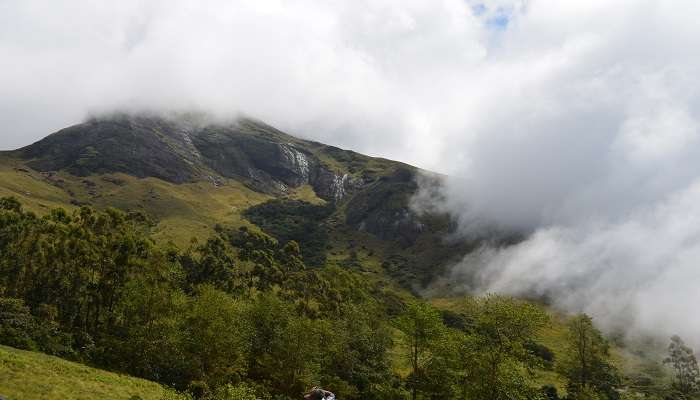
The best times to visit Eravikulam National Park are September to November and April to June. During these periods, the weather is pleasant and conducive to exploring the park’s diverse flora and fauna. September to November marks the end of the monsoon season when the landscapes are lush green and rejuvenated, offering picturesque views. April to June, on the other hand, is post-winter and pre-monsoon, with clear skies and comfortable temperatures ideal for outdoor activities.
Visitors can enjoy spotting the endemic Nilgiri Tahr and experiencing the park’s natural beauty at its best during these months.
Further Read: Mararikulam In Kerala
Eravikulam National Park shows Kerala’s dedication to protecting its natural heritage. With its beautiful landscapes, diverse plants and animals, and the endangered Nilgiri Tahr, it offers a unique experience for nature and wildlife lovers. Eravikulam, nestled in the Western Ghats, offers a delightful blend of adventure and serenity. It’s an ecological gem where you can spot rare species. Don’t miss the chance to explore this beautiful place! Book your trip to Kerala today and discover the magic of this pristine wilderness firsthand!
For our editorial codes of conduct and copyright disclaimer, please click here.
Cover Image Credit: Dinesh Valke for Wikimedia Commons
Frequently Asked Questions About Eravikulam National Park
What is Eravikulam National Park famous for?
Eravikulam National Park, also known as Rajamalai National Park, is famous for its stunning natural beauty and as a sanctuary for the endangered Nilgiri Tahr. Perched in the Idukki district of Kerala, it offers breathtaking vistas of expansive hills and lush greenery characteristic of the Western Ghats.
How much time is required to visit Eravikulam National Park?
Plan for at least a few hours to explore Eravikulam National Park. While the duration of visit can vary based on your interests and activities, a few hours allow you to experience a significant portion of its 97-square-kilometer area.
What is the ticket price for Eravikulam National Park?
The entry fee for Eravikulam National Park is ₹125 for Indian citizens and ₹400 for foreign nationals. It's advisable to check for any updates or changes in fees before planning your visit.
Is it fun visiting Eravikulam National Park?
Yes, Eravikulam National Park offers a unique opportunity to witness stunning landscapes, encounter wildlife such as the Nilgiri Tahr, and immerse yourself in the tranquillity of nature. Whether you're interested in photography, wildlife observation, or simply enjoying scenic beauty, the park promises a memorable experience.
Is Nilgiri Tahr in Eravikulam National Park?
Yes, Eravikulam National Park is renowned for its population of Nilgiri Tahr. Conservation efforts have been successful in protecting and preserving these endangered mountain goats, making the park a significant habitat for this species.
People Also Read:
Royal National Park Namaqua National Park Mountain Zebra National Park

As a Travel Content Writer, I live to conquer the world of globetrotting with words. With my unquenchable thirst for storytelling, I believe that my words will inspire you to travel around the world’s breathtaking landscapes. As for me, I am an unapologetic selenophile, who loves to wander around in a starry night!











